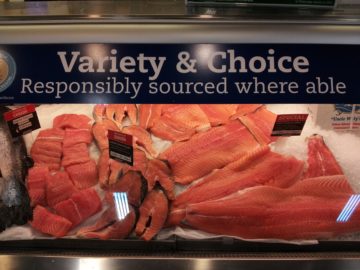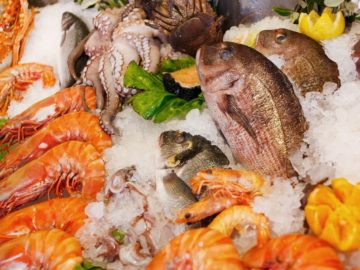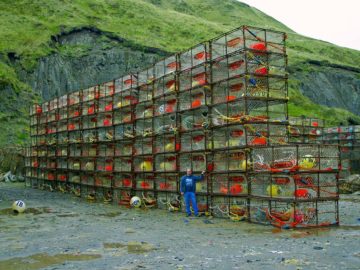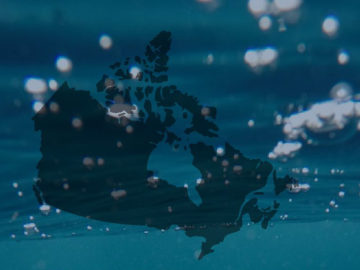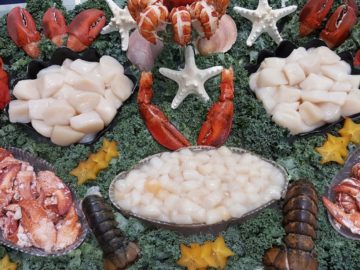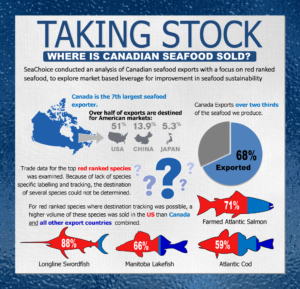 SeaChoice has worked diligently over the last decade to find solutions for healthy oceans by working with Canadian businesses and shoppers to take an active role in supporting sustainable fisheries and aquaculture. Despite achieving many successes to date, there is still more to do. Canada still produces and consumes a large amount of unsustainable seafood. Based on our Taking Stock report, 14% of seafood produced in Canada is ranked ‘Avoid’, with an additional 9% that is currently ‘Unranked’. To continue to improve the sustainability of Canadian produced seafood, we’ve set out to understand exactly where our unsustainable, red-ranked seafood is ending up. Though it may sound like a simple question, finding the answer is very complicated! Seafood is one of the most highly traded products worldwide, and the supply-chains can be very long and murky, often having little to no traceability or data tracking.
SeaChoice has worked diligently over the last decade to find solutions for healthy oceans by working with Canadian businesses and shoppers to take an active role in supporting sustainable fisheries and aquaculture. Despite achieving many successes to date, there is still more to do. Canada still produces and consumes a large amount of unsustainable seafood. Based on our Taking Stock report, 14% of seafood produced in Canada is ranked ‘Avoid’, with an additional 9% that is currently ‘Unranked’. To continue to improve the sustainability of Canadian produced seafood, we’ve set out to understand exactly where our unsustainable, red-ranked seafood is ending up. Though it may sound like a simple question, finding the answer is very complicated! Seafood is one of the most highly traded products worldwide, and the supply-chains can be very long and murky, often having little to no traceability or data tracking.
When examining the trade data of the major Canadian red-ranked seafood categories, we found that the United States actually consumes more of this seafood than Canadians do! While initially surprising, this makes more sense when we see that the United States is the largest importer of seafood in the world.
For the largest red-ranked seafood species (open-net farmed salmon, longline caught Atlantic swordfish, Atlantic cod and Manitoba pickerel, perch and pike) we found that on average, 70% was consumed in the U.S., 5% in other countries, and only a quarter of it consumed in Canada.
So why is this important? To continue to promote positive change in these Canadian fisheries, we need to be able to reach the markets where this seafood is sold. Thankfully many sustainable seafood programs exist across North America, and SeaChoice collaborates with many of them through our participation in the Conservation Alliance for Seafood Solutions. This Alliance connects leading conservation groups that work with businesses representing 80% of the North American grocery and food-service markets. While it seems a little odd to have to work with the US supply chain in order to improve the sustainability of Canadian fisheries, it’s a reality in this globalized world of seafood trade.
